
How Do Electric Bikes Work? A Simple Guide to Motors, Batteries, and Pedal-Assist
Electric bikes, or e-bikes, have become one of the fastest-growing trends in cycling, offering the perfect balance between exercise and convenience. But many riders still wonder: how do electric bikes work? At their core, e-bikes are regular bicycles fitted with a motor, battery, and sensors that provide extra assistance as you pedal. This means you can ride further, tackle steep hills with ease, and arrive at your destination without breaking a sweat—all while still getting a workout. In this guide, we’ll break down the main components of an electric bike, explain how they work together, and answer the most common questions new riders have.
What is an Electric Bike?
An electric bike, or e-bike, is essentially a regular bicycle that gives riders extra assistance while pedalling. Unlike scooters or mopeds, e-bikes don’t replace pedalling—they make cycling easier, allowing you to travel longer distances, tackle hills more comfortably, and enjoy a smoother ride overall.
E-bikes feel very similar to traditional bicycles, but the added boost makes them more accessible for commuting, leisure rides, or fitness trips. They allow riders of all levels to experience cycling with less effort, making it easier to stay active while still enjoying the benefits of a pedal-powered ride.
How Do Electric Bikes Work?
To truly understand how electric bikes work, it’s important to look at their main components. From powerful e-bike motors to long-lasting electric bike batteries, responsive sensors, and easy-to-use displays and controllers, each part plays a crucial role in delivering a smooth and efficient ride. In this section, we’ll break down the key components that make your e-bike function, explaining how they work together to give you pedal-assist power and a more enjoyable cycling experience.
Electric Bike Motors – How They Work and Different Types
The motor is the heart of any e-bike, providing the extra power that assists your pedalling. There are different types of electric bike motors, including front hub motors, rear hub motors, and mid-drive motors. Front hub motors are lightweight and easy to maintain, rear hub motors offer better traction and stability, and mid-drive motors provide a natural riding feel and improved efficiency on hills. Understanding how e-bike motors work helps riders choose the right type for their terrain and cycling style.
Electric Bike Batteries – Power, Charging, and Lifespan
The battery supplies energy to the motor and is a key part of how electric bikes work. Depending on the bike design, batteries can be integrated into the frame or mounted on a rear rack. Charging is simple—plug into a standard wall outlet—and usually takes 5–6 hours. Most electric bike batteries are designed to last up to 1,000 charge cycles with proper care, ensuring long-term reliability for daily commutes or recreational rides.
Electric Bike Sensors – Cadence vs Torque Sensors
E-bike sensors control how and when the motor delivers assistance. Cadence sensors detect when you start pedalling and engage the motor immediately for smooth support. Torque sensors measure how hard you pedal and adjust the motor’s output accordingly, offering a more responsive and natural riding experience. Knowing how e-bike sensors work ensures that the motor provides the right level of assistance for every ride.
Electric Bike Controllers & Displays – Adjust Assistance and Modes
The controller and display let you manage your e-bike’s assistance and monitor important information. You can turn the motor on or off, adjust the level of pedal-assist, and choose between modes like Eco, Tour, Sport, or Turbo. The display, usually mounted on the handlebars, shows speed, battery level, and distance travelled, giving you full control over your ride. Understanding how electric bike controllers work helps you make the most of your e-bike’s power and efficiency.
How Electric Bike Components Work Together
Understanding how electric bikes work goes beyond knowing their individual components. The true magic happens when the motor, battery, sensors, and controller work together seamlessly. The battery supplies power to the motor, which assists your pedalling to make cycling easier, especially on hills or longer rides.
Sensors detect your pedalling speed and effort, allowing the motor to provide the right amount of assistance. Cadence sensors give a smooth boost when you start pedalling, while torque sensors adjust power dynamically for a natural, responsive ride. Meanwhile, the controller and handlebar display allow you to choose your preferred level of assistance, monitor battery life, and track speed or distance.
When all these components operate in harmony, your e-bike provides a smooth, efficient, and enjoyable ride. This system allows riders of all levels to cover more ground with less effort while still enjoying the benefits of traditional cycling.
How to Ride an Electric Bike
Riding an electric bike is very similar to riding a traditional bicycle, making it easy for new riders to adapt. The main difference is the added boost from the motor, which helps you pedal more efficiently and tackle hills or long distances with less effort.
Most e-bikes feature pedal-assist, meaning the motor only engages when you pedal. To start, simply begin cycling as you would on a normal bike, then use the handlebar display or controller to activate the motor assistance. You can select from different assistance levels—such as Eco, Tour, Sport, or Turbo—depending on how much support you need.
It’s important to get familiar with the weight and handling of your e-bike, as they are typically heavier than conventional bikes. Start with shorter rides to get comfortable using the pedal assist and switching between modes. Once you get used to it, an electric bike makes commuting, leisure riding, and hill climbing much easier while still giving you a full cycling workout.
Braking on an Electric Bike
Braking on an electric bike is similar to braking on a regular bicycle, but there are a few key considerations due to the added weight of the motor and battery. While the motor provides pedal assistance, it stops supplying power as soon as you stop pedalling, so the braking effort required is largely the same as on a conventional bike.
Because e-bikes are typically heavier than standard bicycles, it’s important to account for a slightly longer stopping distance, especially when riding downhill or at higher speeds. Most electric bikes are equipped with high-quality brakes, often disc brakes, that provide reliable stopping power and control. Getting familiar with your e-bike’s weight and braking response during short rides will help ensure safe and confident riding in all conditions.
Choosing the Right Electric Bike for You – Tips for the Best Fit
Finding the perfect electric bike is essential for a comfortable and efficient ride. Choosing the right electric bike involves considering your riding style, terrain, battery range, motor power, and comfort features. Whether you’re commuting, exploring trails, or riding for leisure, understanding the key factors will help you select an e-bike that meets your needs. This guide will walk you through the main points to consider so you can make an informed decision and enjoy the full benefits of electric cycling.
Types of Electric Bikes – Which E-Bike Suits Your Riding Style?
Electric bikes come in different types designed for specific riding needs. Commuter e-bikes are perfect for daily travel and city streets, mountain e-bikes handle off-road trails and rugged terrain, folding e-bikes are ideal for storage and portability, and hybrid e-bikes offer versatility for both urban and leisure rides. Knowing the types of electric bikes available helps you choose the best e-bike for your lifestyle.
Battery and Motor – Choosing the Right Power for Your E-Bike
When picking an electric bike, battery capacity and motor performance are crucial. A longer battery range ensures you can cover more distance without frequent recharging, while the motor’s placement and power affect hill-climbing and acceleration. Understanding how the battery and motor work together allows you to select an e-bike that balances power, efficiency, and weight.
Comfort and Features – Make Sure Your E-Bike Fits You
Comfort and usability are key for a pleasant ride. Look for adjustable saddles and handlebars, suspension options, tyre size, and overall bike weight. Additional features like clear displays, intuitive controls, and multiple pedal-assist modes can make your rides smoother and more enjoyable. Choosing an e-bike with the right comfort and features ensures every journey is safe, efficient, and fun.
Recommended Electric Bikes from iHoverboard UK – Top Models and Features
If you’re looking for reliable e-bikes, iHoverboard offers models for every rider. From folding bikes for commuting to full-size bikes for longer rides, each features powerful motors, long-lasting batteries, adjustable pedal-assist, and comfortable designs for a smooth, safe, and enjoyable ride.
U1 Folding Electric Bike – Compact and Portable E-Bike
The U1 Folding Electric Bike is ideal for riders who need a compact and portable e-bike for commuting or city travel. Its foldable frame allows for easy storage at home or on public transport, while the pedal-assist motor delivers smooth support for short rides. With multiple assistance modes and a user-friendly handlebar display, the U1 ensures an efficient and convenient electric biking experience.
U2 Electric Bike – Lightweight and Urban-Friendly E-Bike
The U2 Electric Bike is designed for urban riders seeking a lightweight and agile e-bike. Its sleek design and responsive motor make it perfect for navigating city streets, while the battery provides reliable pedal-assist power for daily commutes or quick errands. The U2 also features adjustable assistance levels and a clear handlebar display, offering both performance and convenience for city cycling.
M10 All-Terrain Electric Mountain Bike – Adventure Ready E-Bike
The M10 All-Terrain Electric Mountain Bike is built for riders who love off-road adventures. Featuring a powerful motor, long-lasting battery, and rugged tyres, the M10 can tackle trails, hills, and rough terrain with ease. Its advanced suspension, adjustable pedal-assist modes, and durable frame make it ideal for mountain biking enthusiasts seeking both power and comfort on every ride.
Why Choose iHoverboard Electric Bikes – Performance, Comfort, and Convenience
iHoverboard electric bikes combine innovative design with dependable performance. Featuring adjustable pedal-assist levels, durable batteries, and responsive motors, these e-bikes deliver smooth, efficient, and safe rides. Whether you prefer a folding model for portability, a lightweight U2 for city commuting, or the M10 for off-road adventures, iHoverboard offers e-bikes tailored to a wide range of riding needs and lifestyles.
Conclusion
Electric bikes offer a perfect blend of traditional cycling and modern technology, making rides easier, longer, and more enjoyable. Understanding how electric bikes work, from motors and batteries to sensors and controllers, helps riders choose the right bike and get the most out of its features.
Whether you’re commuting, exploring trails, or cycling for fitness, an e-bike provides pedal-assist power that makes every ride smoother without taking away the benefits of exercise. By selecting the right e-bike and learning how its components function, you can enjoy a safer, more efficient, and highly enjoyable cycling experience.
FAQs
Do you still have to pedal an electric bike?
Yes, most electric bikes use pedal-assist, which means the motor only provides power when you are pedalling. You still need to pedal to engage the motor, so you get exercise while enjoying extra assistance. The motor makes pedalling easier, especially on hills or longer rides, but it does not replace the need to pedal entirely.
What are the differences between an electric bike and a regular bike?
An electric bike, or e-bike, is similar to a regular bicycle but comes with a motor and battery that provide pedal-assist power. This means you still pedal like a normal bike, but the motor helps reduce effort, especially on hills or longer rides. Regular bikes rely solely on your own pedalling, while e-bikes can make cycling easier, faster, and less tiring without taking away the benefits of exercise.
Do electric bikes charge as you pedal?
No, most electric bikes do not charge while you pedal. Pedalling powers the bike, but the motor draws energy from the battery. To recharge, you need to plug the battery into a wall outlet. Some e-bikes may have regenerative braking that recovers a small amount of energy, but it’s minimal and not enough to fully charge the battery.
Is braking harder on an electric bike?
No, braking on an electric bike isn’t harder due to the motor. E-bikes are heavier than regular bikes, so stopping distances may be slightly longer, but the motor cuts out as soon as you stop pedalling. With proper brakes, stopping remains safe and manageable.
How much does an electric bike cost?
E-bikes typically cost £200–£300 for basic entry-level models, £300–£500 for mid-range bikes with better batteries and components, and £500 and above for high-end models with long-range batteries, smoother motors, and advanced features.






































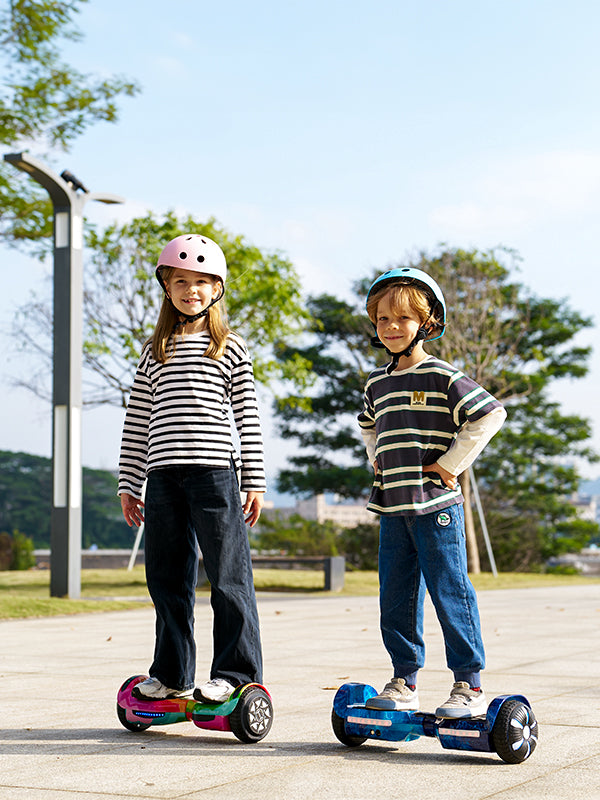




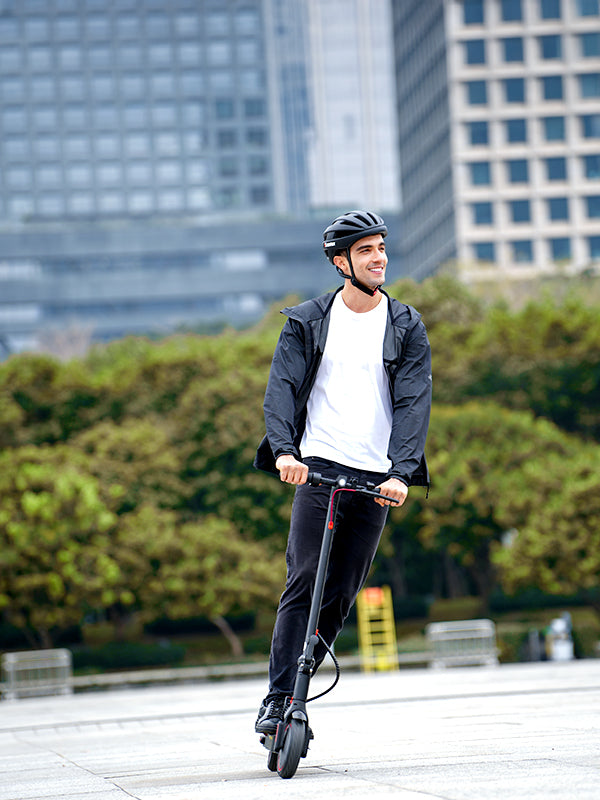




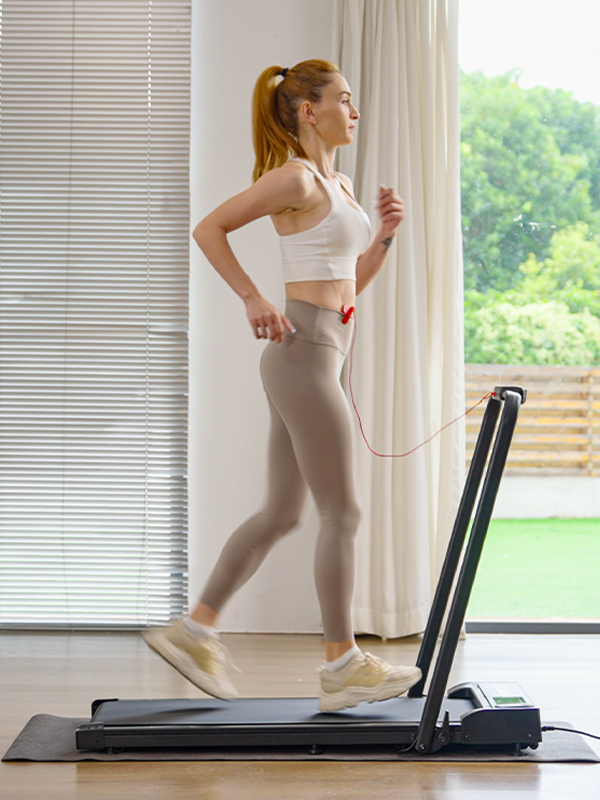





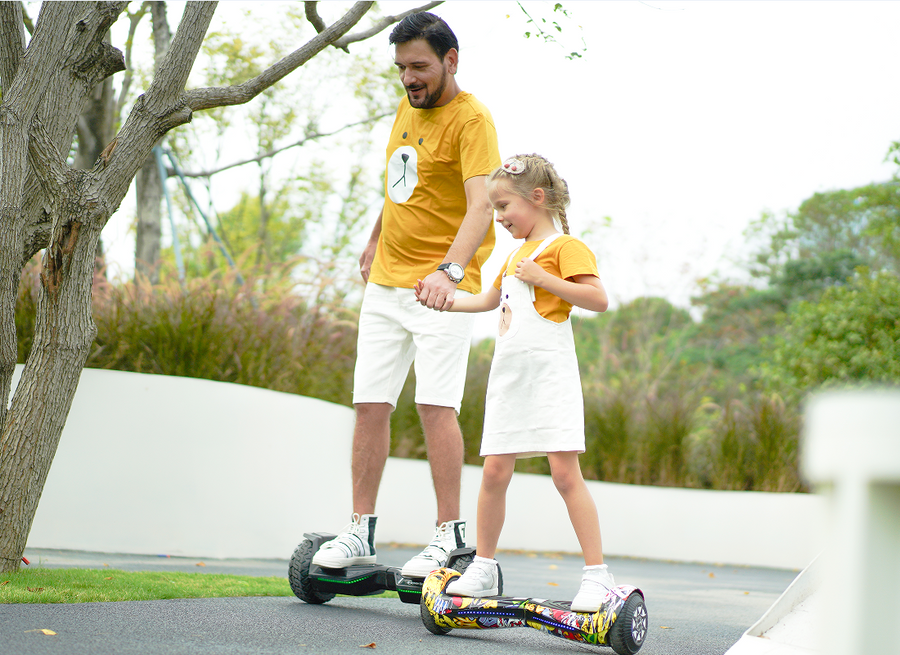
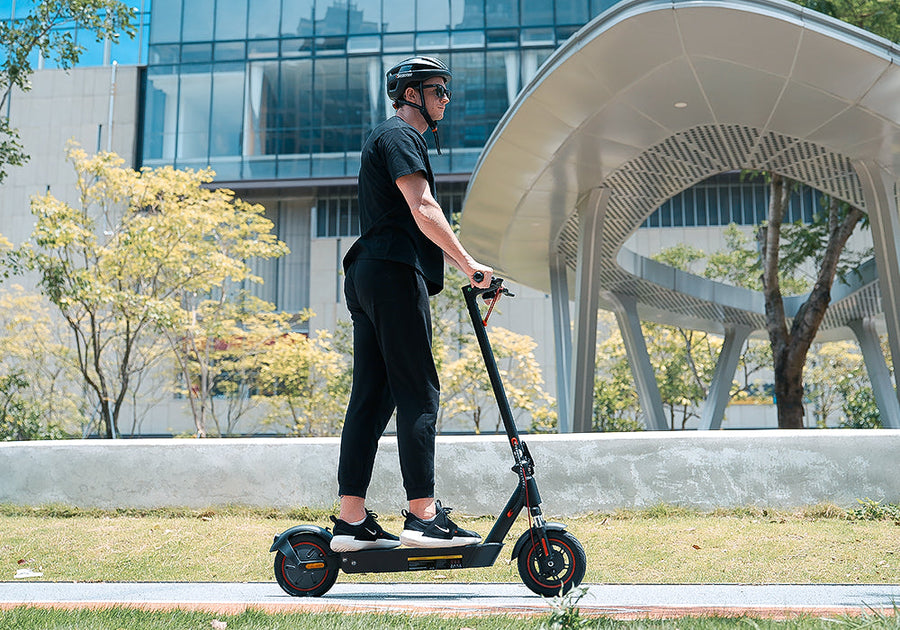

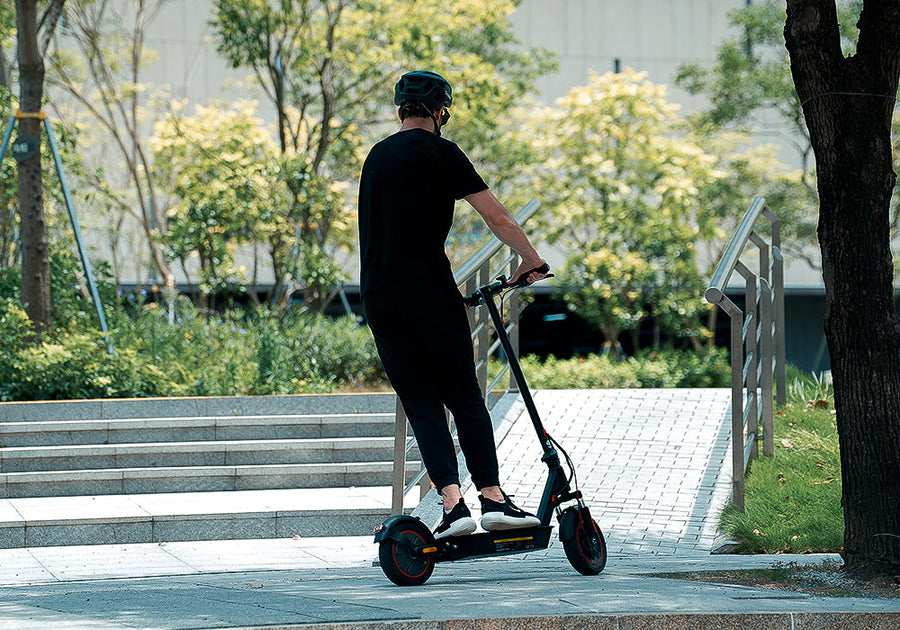


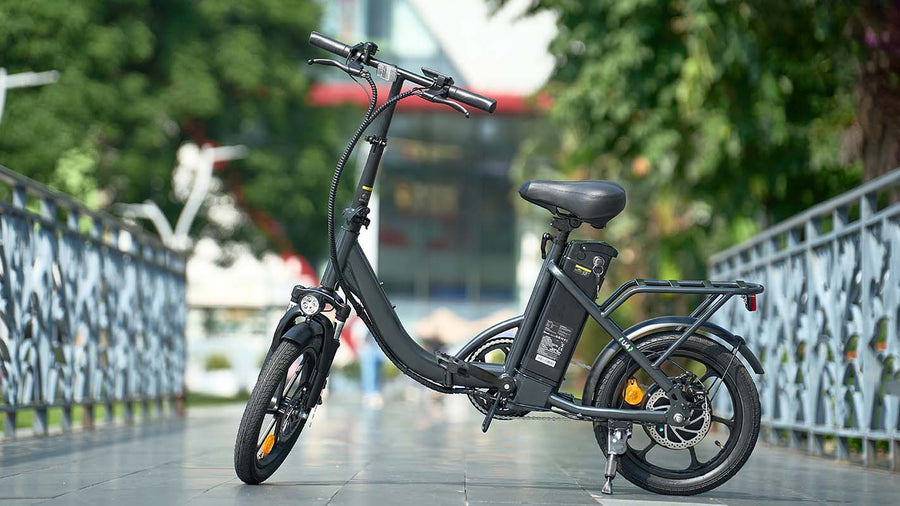









Still, need help? Contact Us: support@ihoverboard.com
What's the option? Check out the option now!
Leave us a message